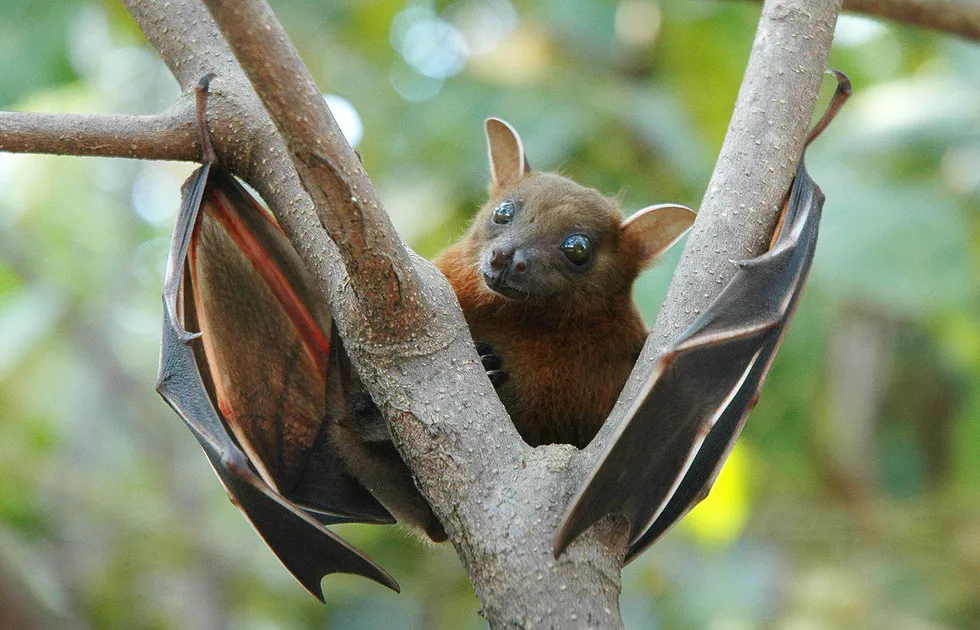MYSTERIOUS ILLNESS A 25-year-old doctoral student was hospitalised with a high temperature, muscular and joint discomfort, a stiff neck, tiredness, and throat sores. She had a rash. Her doctors considered a key data element while diagnosing her: The woman had just returned from collecting bat and rodent blood and tissue in South Sudan and Uganda. This knowledge was crucial, especially considering worries that the epidemic was caused by a scientific accident. The student got infected with a rare virus that affects a type of Ugandan fruit bat three days after she was hospitalised in 2012.

Two weeks later, the student left the hospital. The 2014 report in Emerging Infectious Diseases proved scientifically significant. It allowed for the identification of the Sosuga virus, a paramyxovirus named for Southern Sudan and Uganda, and the knowledge that the bat virus can infect and sicken people. The woman’s infection also pointed to the dangers posed by the research she was doing: trapping, manipulating, and dissecting animals suspected of being infected with novel disease-causing viruses.
Biosafety specialists have long warned that scientists seeking deadly viruses in the wild could become infected by touching the animals’ saliva, urine, or dung. The Sosuga virus indicates these fears are justified.
Infectious disease doctor Michael Callahan has graphically detailed the risks field researchers encounter. During body fluid collection, wriggling, clawed, and toothed animals bite and scrape. Teeth and talons can puncture thin gloves needed to handle vulnerable wildlife, he said in 2021. “Why researchers aren’t infected every time they conduct fieldwork baffles us.”
With over 6 million people dead from Covid-19, a researcher contracting a wildlife pathogen is unavoidable. While the current pandemic’s origins are unknown, viral hunting may be to blame. Rocco Casagrande, a scientist appointed by the NIH’s Office of Science Policy to analyse the dangers of gain-of-function research, says a natural spillover of the virus from animals to people, a lab mishap, or a “prospecting-based accident” are all possible origins of the original outbreak. He envisaged Wuhan researchers looking for bat viruses finding one and getting sick outside the lab.
Scientists continue to search for novel bat coronaviruses and other potential pandemic pathogens around the world to avert viral outbreaks.

